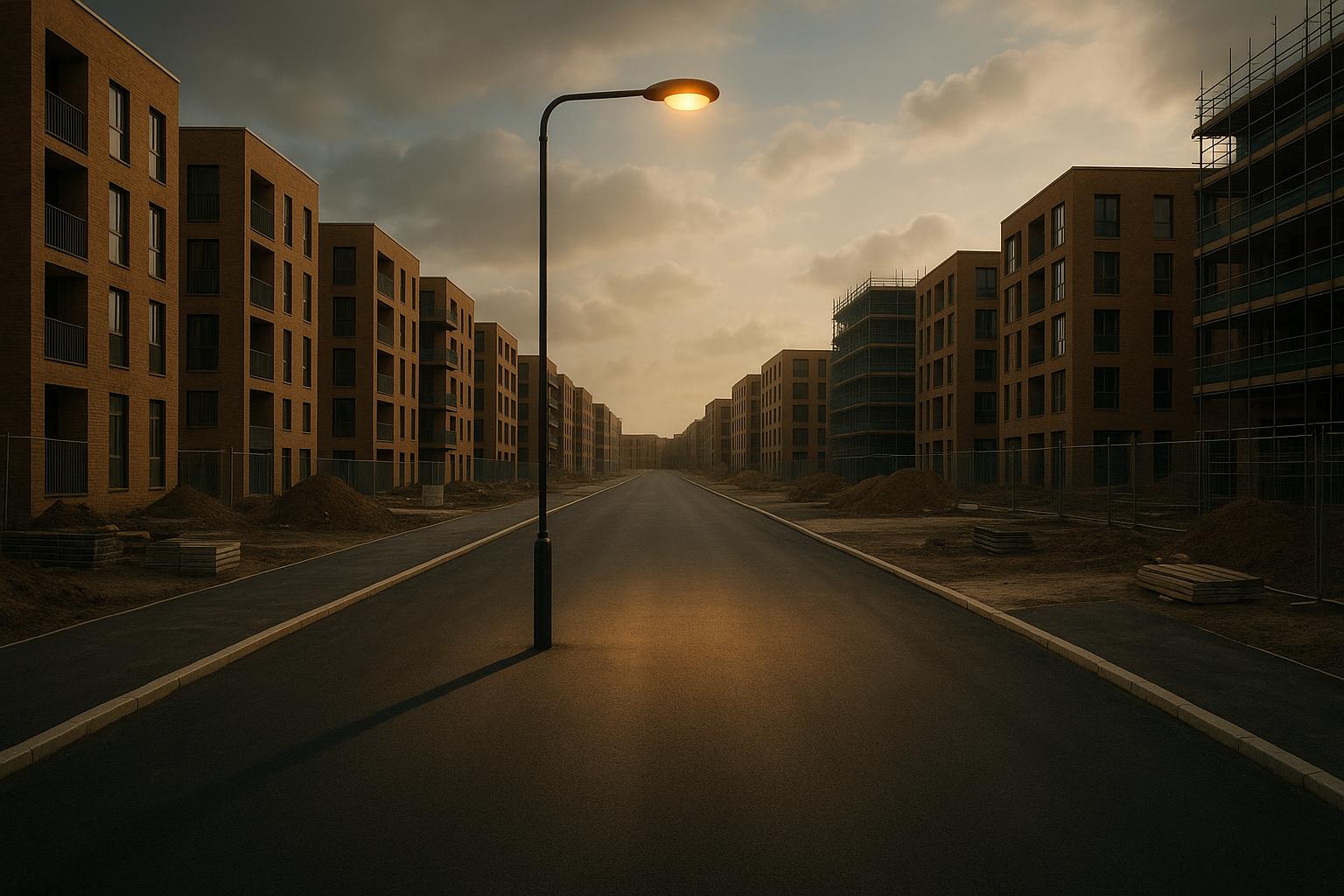Enfield and Greenwich have emerged as key contenders in the UK government's ambitious plan to establish new towns aimed at addressing the capital's acute housing crisis. The proposed developments, located in Crews Hill, Enfield, and Thamesmead, Greenwich, seek to deliver up to 35,000 new homes. This initiative aligns with the broader Labour Party commitment to create 12 new towns and build 300,000 homes across the country, with an emphasis on speed, safety, and thorough environmental assessments. Enfield Council leader Ergin Erbil underscored the urgency of swiftly increasing housing stock, noting the substantial pressure on Londoners that has forced many out of the city or into temporary accommodation.
This pressure is starkly illustrated by recent data from London Councils, revealing a severe and escalating homelessness crisis. Over 175,000 individuals are currently residing in temporary accommodation — approximately one in every 50 Londoners. The financial implications are profound; boroughs are experiencing a 40% surge in spending on temporary housing, now totaling around £90 million monthly. This spending has pushed several boroughs towards the brink of bankruptcy, with a cumulative budget shortfall across services projected to reach £700 million. A significant part of this financial strain arises from a housing benefit subsidy gap frozen at 2011 levels, which fails to keep pace with rising accommodation costs.
Compounding the situation is a dramatic increase in landlords withdrawing properties from the temporary accommodation sector. A survey by London Councils reported a 120% rise in landlords pulling out between September 2022 and April 2023, resulting in the loss of 6% of London's total temporary accommodation stock. This has intensified the housing shortage amid soaring private rents and an overall scarcity of affordable homes. The impact is visible: nearly 170,000 Londoners, including one in 23 children, are homeless or living in temporary accommodation, underpinning the urgency of the new town developments.
Adding to the housing emergency, waiting lists for social housing in London have reached a decade-high. Government data indicates that 336,366 households are currently listed on local authority waiting lists, marking a 32% increase since 2014 and representing one-quarter of all social housing applicants in England. This backlog underscores the severe imbalance between housing demand and supply, further exacerbating homelessness figures, with over 183,000 individuals in temporary housing arrangements.
Financial stresses on London boroughs are reaching critical levels. London Councils has highlighted a £330 million overspend on homelessness budgets for 2024-25, describing the homelessness emergency as the single greatest financial risk facing local authorities. Boroughs are currently spending around £4 million a day on temporary accommodation, a figure far exceeding the inadequate government subsidy. Last year’s nearly 40% increase in monthly spending on temporary accommodation to £90 million signals an unsustainable trajectory that threatens councils' financial viability. Without enhanced government support, boroughs face the risk of issuing a Section 114 notice—a declaration that effectively signals bankruptcy.
Amid these pressing challenges, the proposed new towns in Enfield and Greenwich represent a vital opportunity to mitigate London’s housing crisis. If constructed rapidly yet responsibly, these developments could offer a substantial influx of much-needed affordable homes, potentially easing the strain that has led to skyrocketing homelessness and financial instability among councils. Nevertheless, success hinges not only on the pace and safety of building but also on sustained political commitment and adequate funding support to resolve the complex, deeply entrenched housing supply issues facing the capital.
📌 Reference Map:
- Paragraph 1 – [1], [2]
- Paragraph 2 – [3], [7]
- Paragraph 3 – [4]
- Paragraph 4 – [5]
- Paragraph 5 – [6], [7]
- Paragraph 6 – [1], [2], [3], [4], [5], [6], [7]
Source: Noah Wire Services
